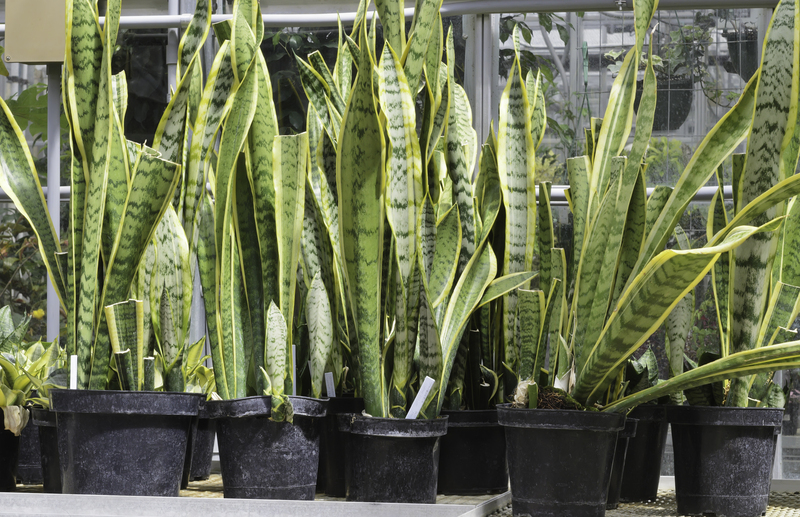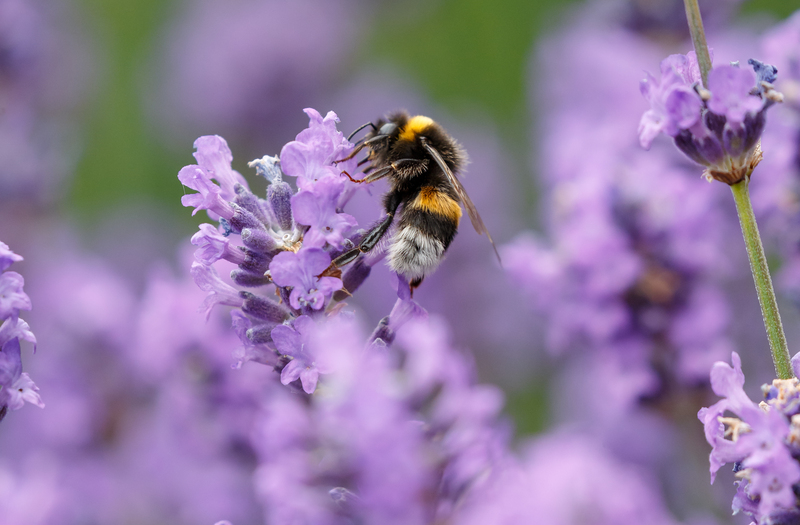How to Build a Portable Garden
Posted on 17/09/2024
In an increasingly urbanized world, the need to bring nature into our living spaces is more important than ever. Portable gardens offer a flexible and accessible solution for those who lack traditional gardening spaces. Whether you live in an apartment, have a small backyard, or just want to maximize your gardening options, a portable garden can be a perfect choice. In this article, we'll guide you through the steps to build your own portable garden.
Choose the Right Containers
The first step in building a portable garden is choosing the right containers. Your choice will depend on what you plan to grow and the space you have available. Some popular options include:
- Plastic Pots: Lightweight, affordable, and available in various sizes.
- Fabric Grow Bags: Allow for better aeration and root growth.
- Wooden Boxes: Aesthetic and sturdy, though they can be heavy.
- Ceramic Pots: Offer a traditional look but can be fragile and heavy.

Select the Appropriate Plants
Choosing the right plants is crucial. Opt for plants that are well-suited for container gardening. Here are some great options:
- Herbs: Basil, mint, and chives are easy to grow and maintain.
- Vegetables: Tomatoes, peppers, and lettuces do well in containers.
- Flowers: Marigolds and petunias add color and can also deter pests.
Always consider the specific needs of your chosen plants, like the amount of sunlight they require and their watering needs.
Soil and Fertilization
Soil quality is a crucial factor in the success of your portable garden. Use a high-quality potting mix designed for containers. These mixes typically include peat moss, pine bark, and perlite or vermiculite, which provide excellent drainage and nutrient retention.
When it comes to fertilization, use a balanced, slow-release fertilizer or an organic option like compost. Make sure to follow the directions to avoid over-fertilizing, which can harm plants.
Location and Mobility
One of the greatest advantages of a portable garden is its mobility. Initially, place the garden where it can receive the right amount of light. For instance, herbs and vegetables generally need about six hours of sunlight a day.
A key tip for portability is using containers with wheels or placing pots on movers to easily rearrange your garden to meet the varying sunlight needs of different plants. This can also be useful if the weather turns unfavorable or if you need to move your garden indoors during winter.
Watering and Drainage
Proper watering is essential. Most container plants will require more frequent watering than those planted in the ground because the soil in containers can dry out more quickly.
Ensure that your containers have sufficient drainage holes to prevent waterlogging. Elevate pots with trays or stands to help excess water drain away. Consider using self-watering pots or incorporating a drip irrigation system for convenience.
Pest and Disease Management
Portable gardens are not immune to pests and diseases. However, their mobility can help in isolating affected plants to prevent a spread. Regularly check your plants for signs of trouble, like yellowing leaves, spots, or insect activity.
Use natural pest control options like neem oil or introduce beneficial insects like ladybugs. Maintain good airflow around your plants and avoid overwatering to prevent fungal issues.
Pros and Cons
Pros:
- Flexibility: Easily move your garden to optimize for light, temperature, and growing conditions.
- Space Efficiency: Ideal for small spaces or urban environments.
- Accessibility: Easier to manage for those with physical limitations.
- Control: Greater control over soil quality, watering, and fertilization.
Cons:
- Watering Frequency: More frequent watering is usually necessary.
- Initial Cost: Quality containers and soil can be expensive.
- Limited Plant Choices: Some plants may not thrive in containers.
- Portability Issues: Large or fully grown plants can be heavy and difficult to move.
Tips
- Start Small: Begin with a few easy-to-manage plants to build confidence and experience.
- Use Mulch: Help retain moisture and reduce the frequency of watering.
- Rotate Plants: Ensure all plants receive adequate sunlight by rotating them regularly.
- Label Your Plants: Keep track of different plant species and their care needs.

Takeaways
- Choose the Right Containers: Essential for plant health and portability.
- Plant Selection: Opt for container-friendly species.
- Soil Quality: Invest in good potting mix and appropriate fertilizers.
- Mobility Planning: Utilize wheels or movers to make relocation easy.
- Watering and Drainage: Critical for plant health and to prevent waterlogging.
- Pest Management: Regular checks and natural remedies can save your garden.
Conclusion
Building a portable garden is a rewarding endeavor that offers flexibility and accessibility, making it possible for anyone to enjoy the benefits of gardening, regardless of space constraints. By carefully selecting containers, plants, and ensuring proper care, you can create a thriving portable garden. While there are some challenges, the benefits far outweigh them, providing you with a green, personal haven wherever you are. Store the tips and insights provided in this article, and you'll be well on your way to building a successful portable garden. Happy gardening!




